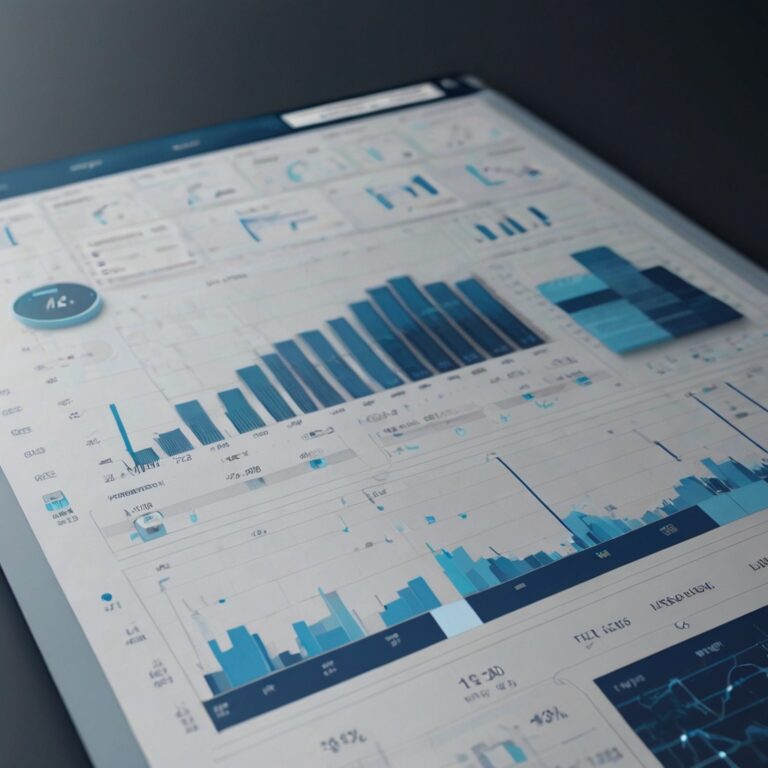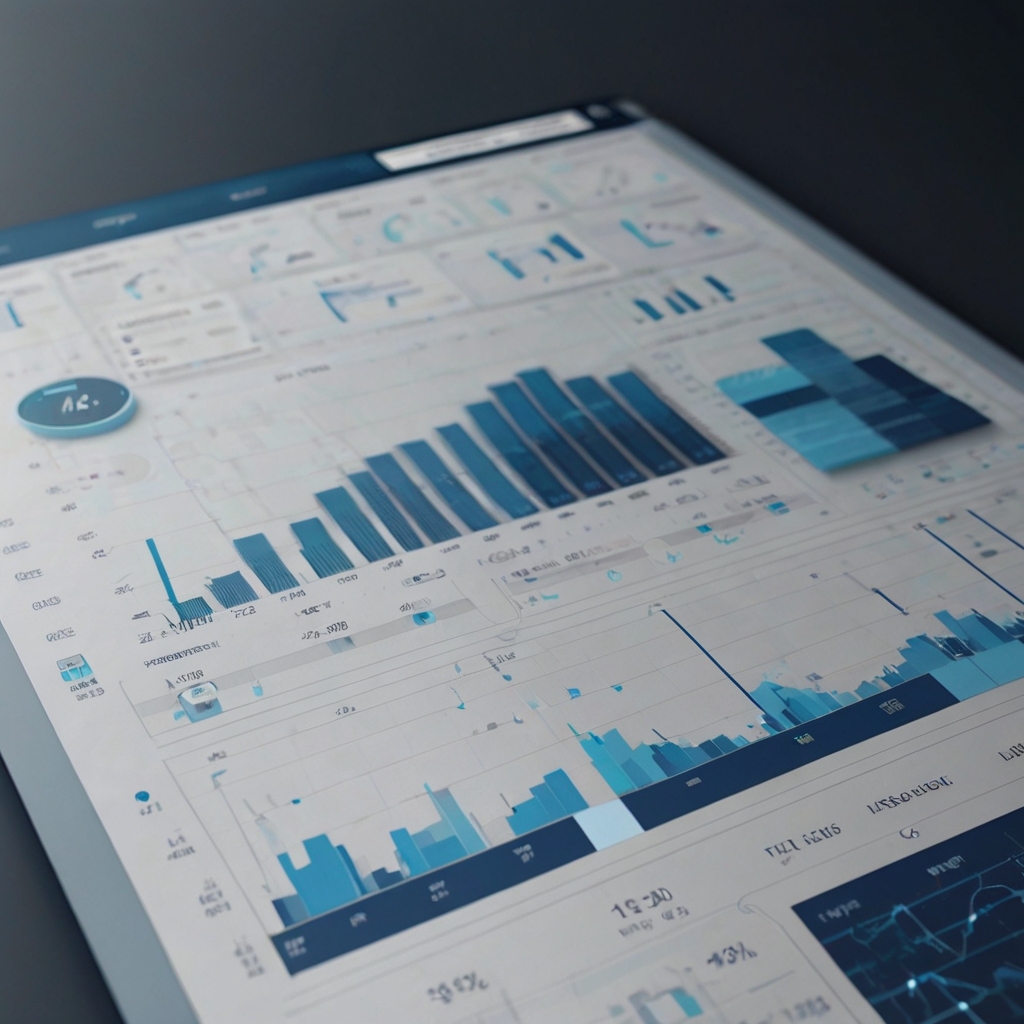What is a Neural Network in Machine Learning – Complete Guide for Beginners and Professionals
What is a neural network in machine learning? At its core, a neural network is a system of algorithms inspired by how the human brain works. It’s designed to recognize patterns, learn from data, and make decisions. In machine learning, neural networks play a crucial role in powering applications like image recognition, natural language processing, fraud detection, and self-driving cars. For beginners, the concept may sound complex, but the beauty of neural networks lies in their ability to automatically improve as they process more data. They are the backbone of modern artificial intelligence, shaping technology across industries.
Understanding Neural Networks in Machine Learning
Neural networks are inspired by the structure of biological neurons. Just as our brains process information through interconnected neurons, artificial neural networks process data through nodes arranged in layers. Each node receives input, performs a simple computation, and passes the result forward.
In machine learning, neural networks are used to recognize relationships in data. They help computers identify patterns—whether it’s detecting spam emails, recommending movies, or predicting stock prices. Unlike traditional programming, where rules are predefined, neural networks learn the rules themselves through training.
How Neural Networks Work in Machine Learning
To understand how neural networks work, think of them as layers of connected nodes:
-
Input Layer: Receives raw data (like images, text, or numbers).
-
Hidden Layers: Process data using weights, biases, and activation functions.
-
Output Layer: Produces results, such as classifications or predictions.
The magic lies in training. During training, the network adjusts its weights based on errors, gradually improving accuracy. This process, called backpropagation, allows the model to learn from mistakes and become smarter over time.
Why Neural Networks Are Important in Machine Learning
Neural networks are vital because they allow computers to handle complex, unstructured data that traditional algorithms struggle with. Text, images, videos, and voice data are messy, but neural networks excel at making sense of them.
In the USA and globally, companies use neural networks for everything from personalized recommendations on streaming platforms to advanced medical diagnostics. Their ability to learn continuously makes them a cornerstone of artificial intelligence and deep learning.
Types of Neural Networks in Machine Learning
There are several types of neural networks, each suited for different tasks:
-
Feedforward Neural Networks (FNNs): The simplest form, where data flows in one direction.
-
Convolutional Neural Networks (CNNs): Excellent for image and video recognition.
-
Recurrent Neural Networks (RNNs): Ideal for sequential data like speech and text.
-
Generative Adversarial Networks (GANs): Create new data, such as realistic images or audio.
-
Radial Basis Function Networks (RBFNs): Useful for classification tasks.
These variations show the versatility of neural networks in solving diverse machine learning problems.
Applications of Neural Networks in Machine Learning
Neural networks are behind many technologies we use daily:
-
Healthcare: Detecting diseases through image scans and predicting patient outcomes.
-
Finance: Fraud detection, credit scoring, and stock market predictions.
-
Retail: Personalized shopping recommendations and customer behavior analysis.
-
Transportation: Powering self-driving cars and traffic management systems.
-
Technology: Enhancing voice assistants like Siri and Alexa through natural language processing.
These applications highlight why neural networks are not just theoretical—they have real, life-changing impact.
Benefits of Neural Networks in Machine Learning
Businesses and researchers adopt neural networks for several reasons:
-
High Accuracy: Especially in image, speech, and text recognition.
-
Adaptability: They improve performance as more data is provided.
-
Automation: Reduce the need for manual rule-based programming.
-
Scalability: Handle massive datasets efficiently.
-
Innovation: Enable breakthroughs in AI, robotics, and automation.
These benefits make neural networks essential in building smarter, more capable technologies.
Challenges of Neural Networks in Machine Learning
Despite their potential, neural networks also face challenges:
-
High Computational Costs: Training requires powerful hardware.
-
Large Data Requirements: They need vast amounts of data to perform well.
-
Black Box Problem: Their decision-making process is often difficult to interpret.
-
Overfitting Risks: Models may perform well on training data but poorly on new data.
-
Ethical Concerns: Potential misuse in areas like surveillance or biased decision-making.
Understanding these challenges is important for responsible use of neural networks.
Neural Networks vs Traditional Machine Learning Algorithms
Traditional machine learning algorithms like decision trees or logistic regression are easier to interpret but limited in handling complex data. Neural networks, on the other hand, excel at identifying intricate patterns but require more resources and expertise.
The choice between them often depends on the problem: simple tasks may not need neural networks, while complex, large-scale problems benefit significantly from them.
The Future of Neural Networks in Machine Learning
The future of neural networks is tied closely to advances in artificial intelligence. As computing power grows and more data becomes available, neural networks will become even more powerful.
Emerging trends include explainable AI, which seeks to make neural networks more transparent, and edge AI, where models run directly on devices rather than cloud servers. These developments will make neural networks more accessible, efficient, and trustworthy for businesses and individuals alike.
Final Thoughts
Understanding what is a neural network in machine learning helps us appreciate the technology driving much of today’s innovation. From healthcare breakthroughs to smarter apps on our phones, neural networks are shaping the future. They are not just tools for data scientists—they are engines of progress that will continue to influence industries, economies, and daily life.















